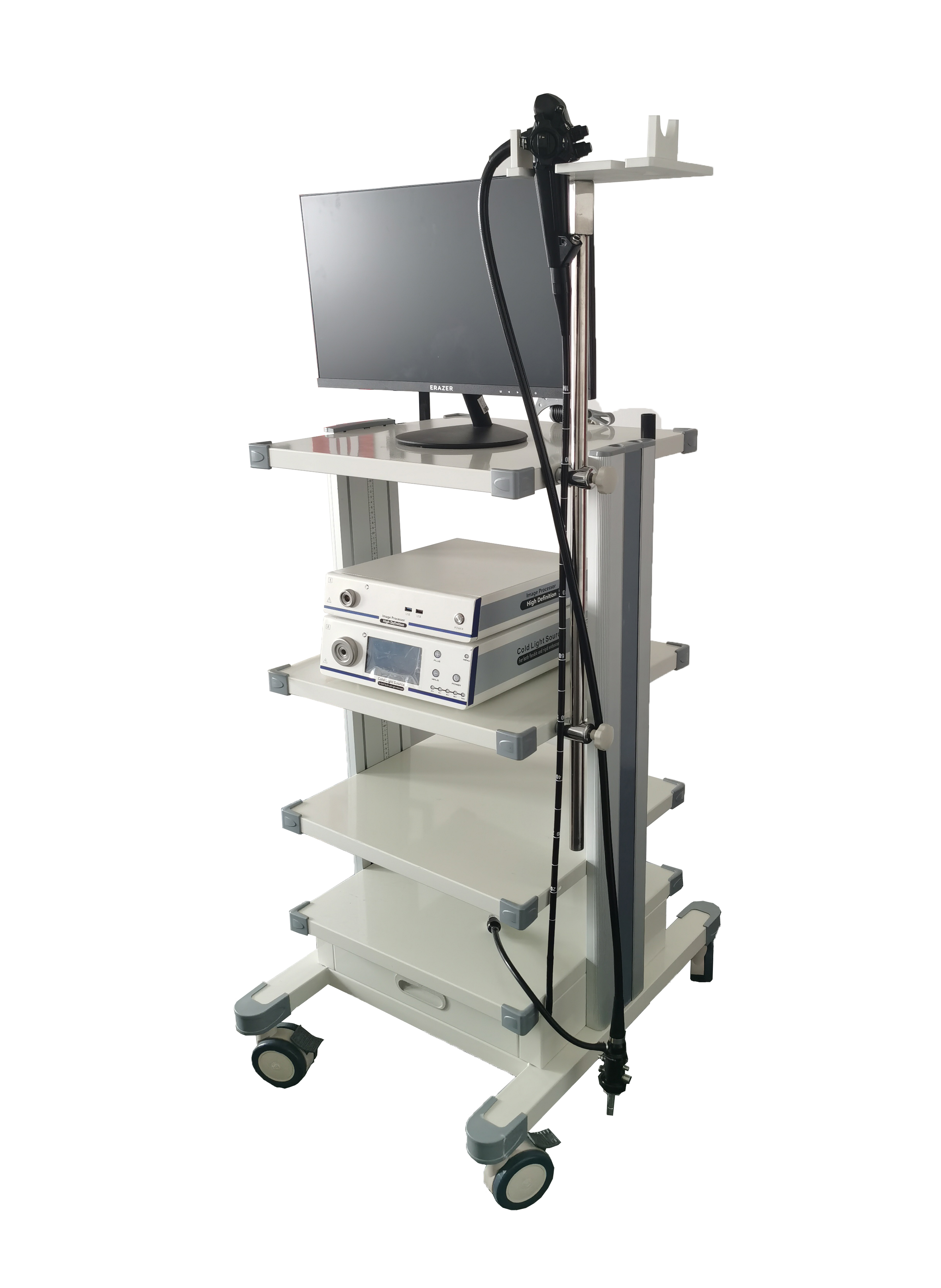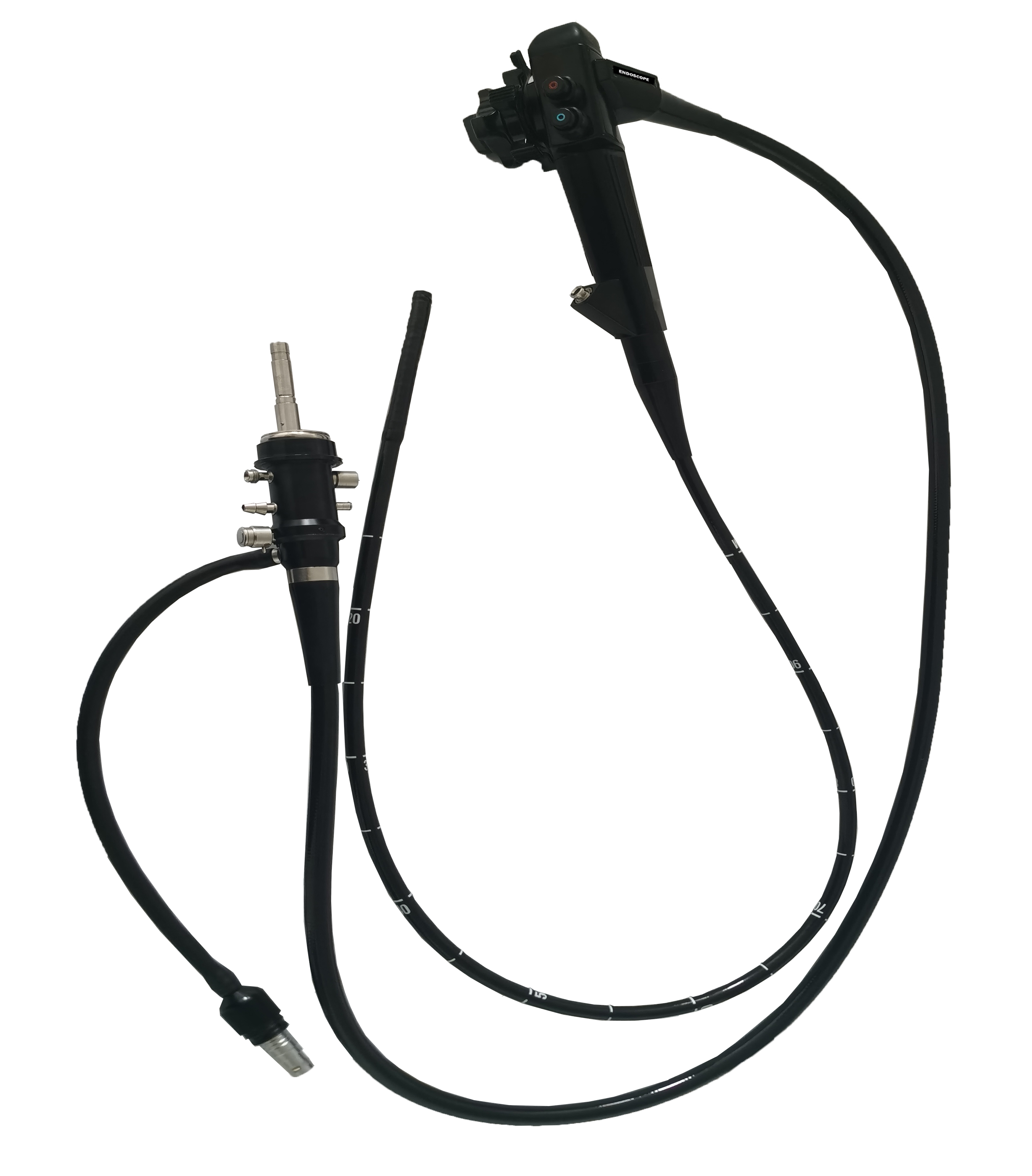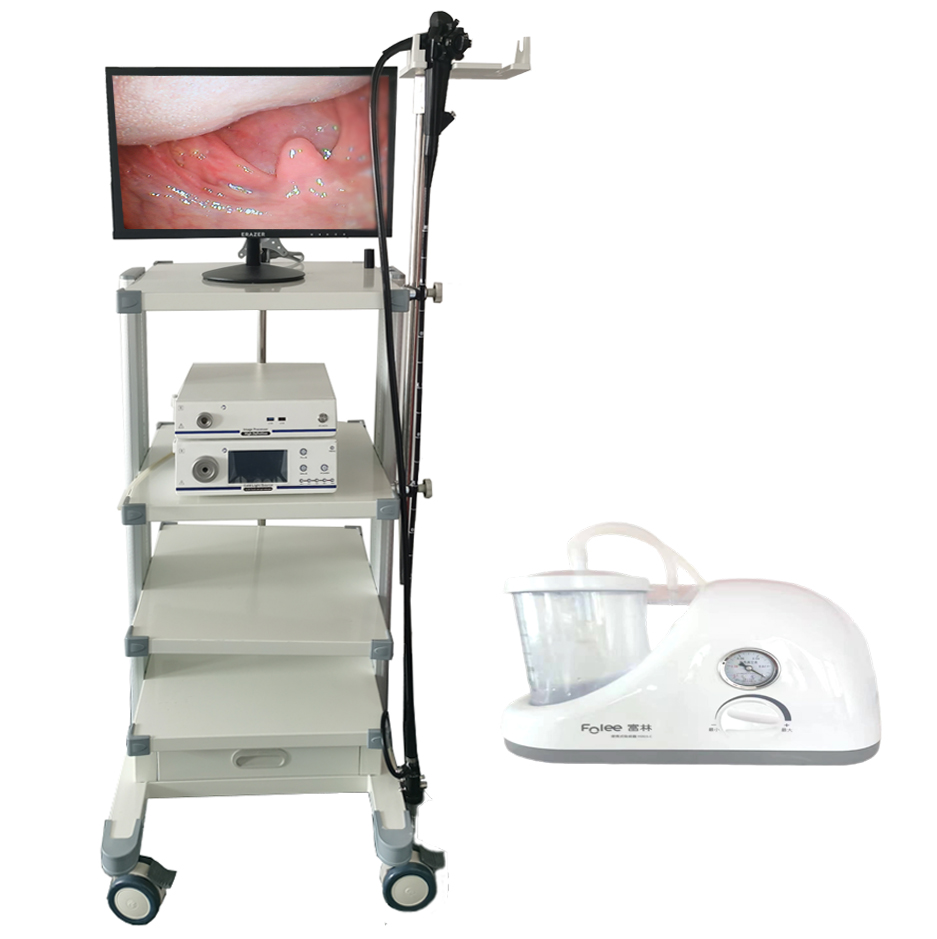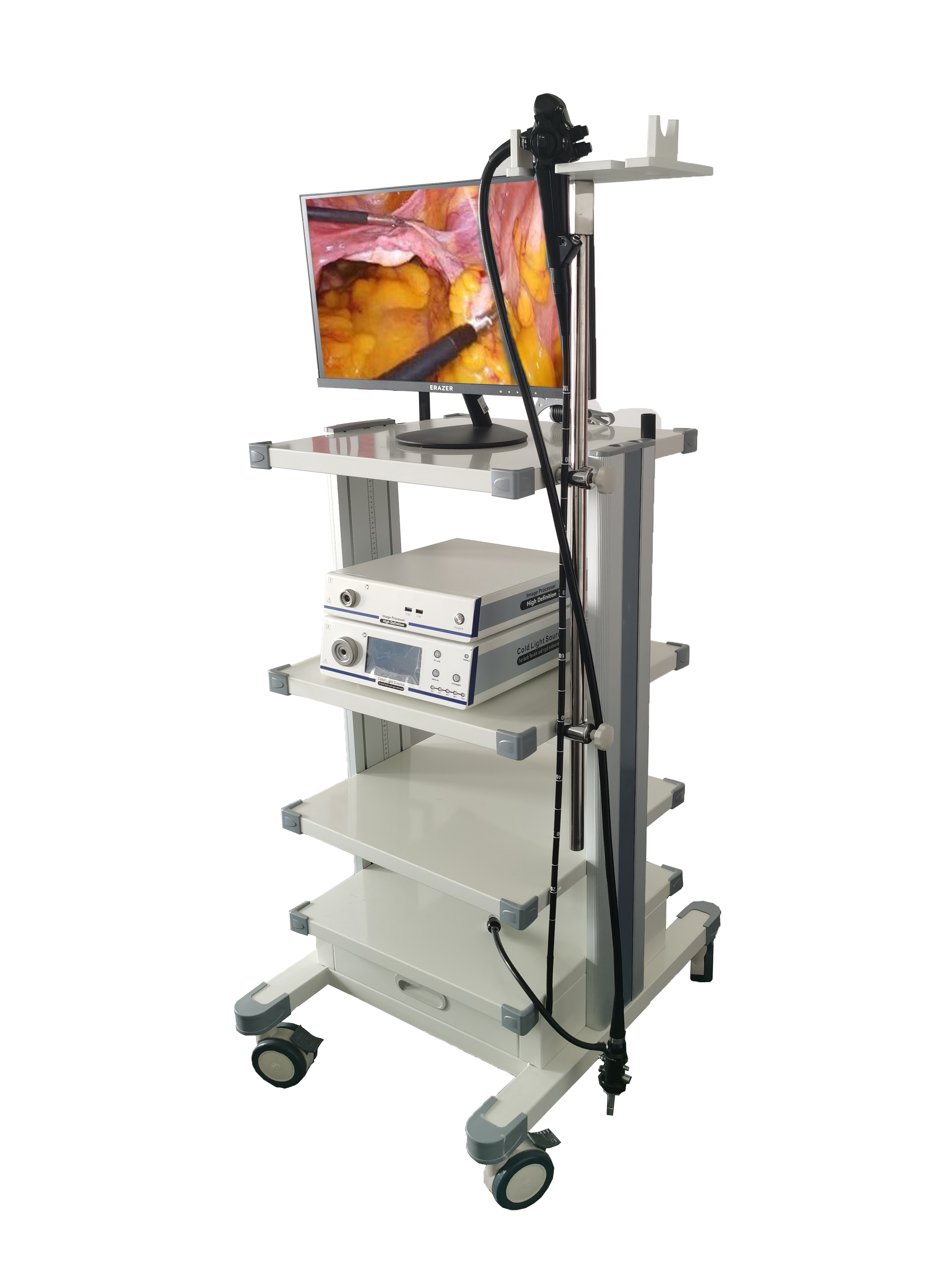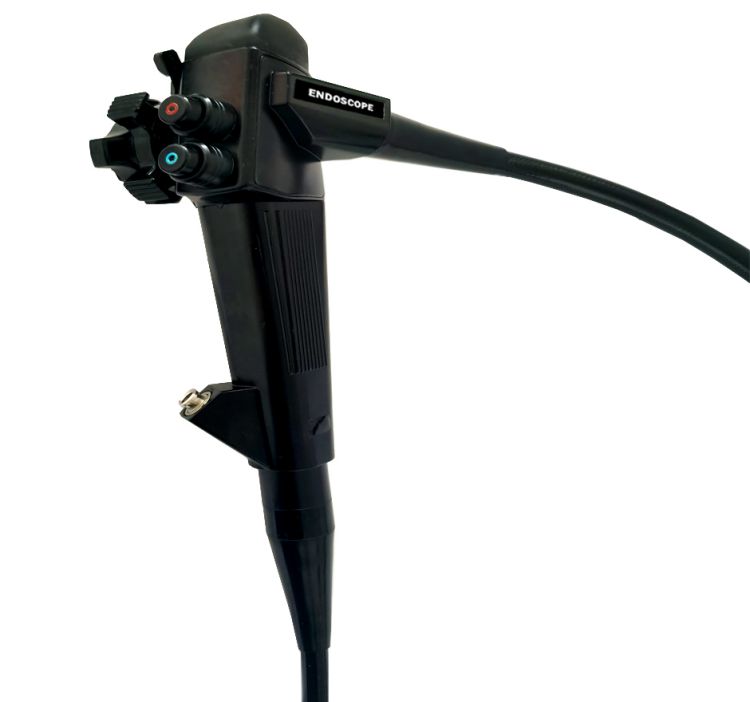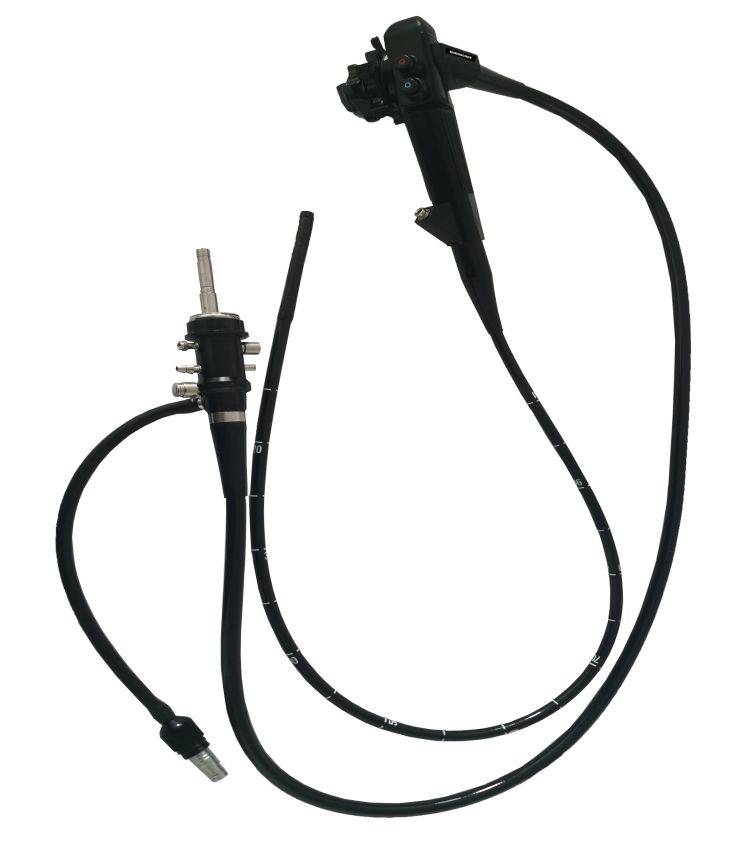In recent years, medical advancements have revolutionized the field of gastrointestinal diagnostics. One such breakthrough is the development of soft endoscopy, a cutting-edge technique that offers numerous advantages over traditional endoscopic procedures. This blog explores the key benefits of gastrointestinal soft endoscopy and its potential to improve patient outcomes.
Body:
1. What is Gastrointestinal Soft Endoscopy? (approx. 100 words):
Gastrointestinal soft endoscopy combines state-of-the-art technology and minimally invasive procedures to diagnose and treat conditions affecting the digestive system. This approach employs flexible, slender tubes equipped with specialized cameras to capture detailed images and videos from inside the gastrointestinal tract. Unlike traditional rigid endoscopes, soft endoscopes can navigate the complex curves and corners of the digestive system more comfortably, offering a safer and more efficient diagnostic experience for patients.
2. Enhanced Patient Comfort and Safety (approx. 120 words):
Soft endoscopy is particularly advantageous due to its enhanced patient comfort and safety. The flexible nature of the endoscope allows for easier insertion and manipulation without causing discomfort. The procedure also reduces the risk of injury, as the pliable endoscope is less likely to cause damage to delicate gastrointestinal tissues. Moreover, soft endoscopy is performed under local anesthesia in most cases, minimizing the patient’s discomfort during the examination. Ultimately, these factors contribute to a better patient experience and encourage greater compliance with gastrointestinal screenings and follow-up procedures.
3. Wider Accessibility and Reduced Costs (approx. 120 words):
Compared to traditional endoscopy, soft endoscopy offers wider accessibility and reduced costs. The flexible nature of the endoscope eliminates the need for sedation or general anesthesia, making it a more accessible option for elderly or medically compromised patients. Additionally, the streamlined design of soft endoscopes reduces the resources required for the procedure, allowing for decreased costs and increased availability in healthcare facilities. This affordability and accessibility can lead to earlier detection of gastrointestinal conditions, promoting timely interventions and potentially improving treatment outcomes.
4. Improved Diagnostic Accuracy and Precision (approx. 100 words):
Soft endoscopy’s advanced imaging capabilities and flexibility provide superior diagnostic accuracy and precision. The high-definition cameras integrated into the endoscope capture detailed images and videos in real-time, aiding in the identification of subtle abnormalities that may go unnoticed with traditional imaging techniques. Additionally, the flexibility of soft endoscopes enables better visualization of areas previously difficult to access, allowing for more comprehensive evaluations of the gastrointestinal tract. This heightened precision in diagnosis leads to the development of individualized treatment plans tailored to the patient’s specific condition.
Conclusion (approx. 70 words):
Gastrointestinal soft endoscopy is a pivotal innovation in the field of digestive health. Its advantages in patient comfort, safety, accessibility, and diagnostic accuracy make it a powerful tool for healthcare professionals. By harnessing the capabilities of this cutting-edge technology, medical providers can offer improved diagnostic outcomes, earlier interventions, and comprehensive treatment plans, ultimately benefiting patients and advancing the field of gastrointestinal diagnostics.
Post time: Aug-15-2023



